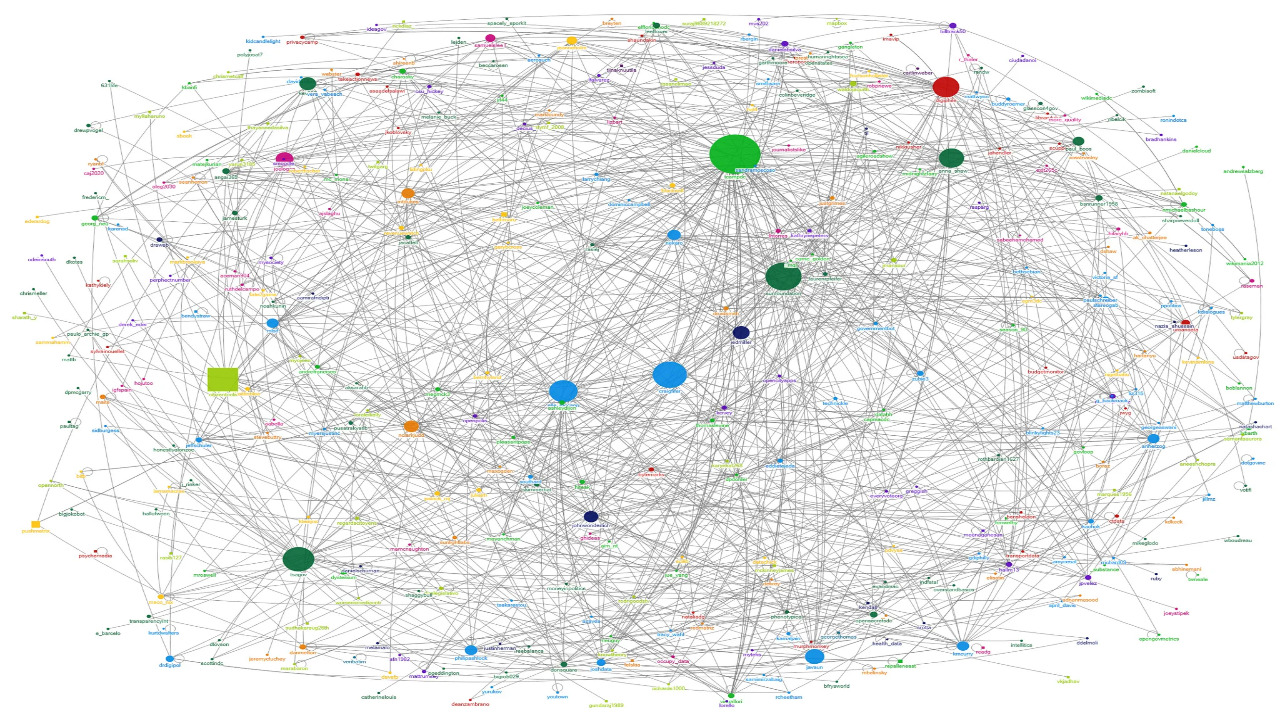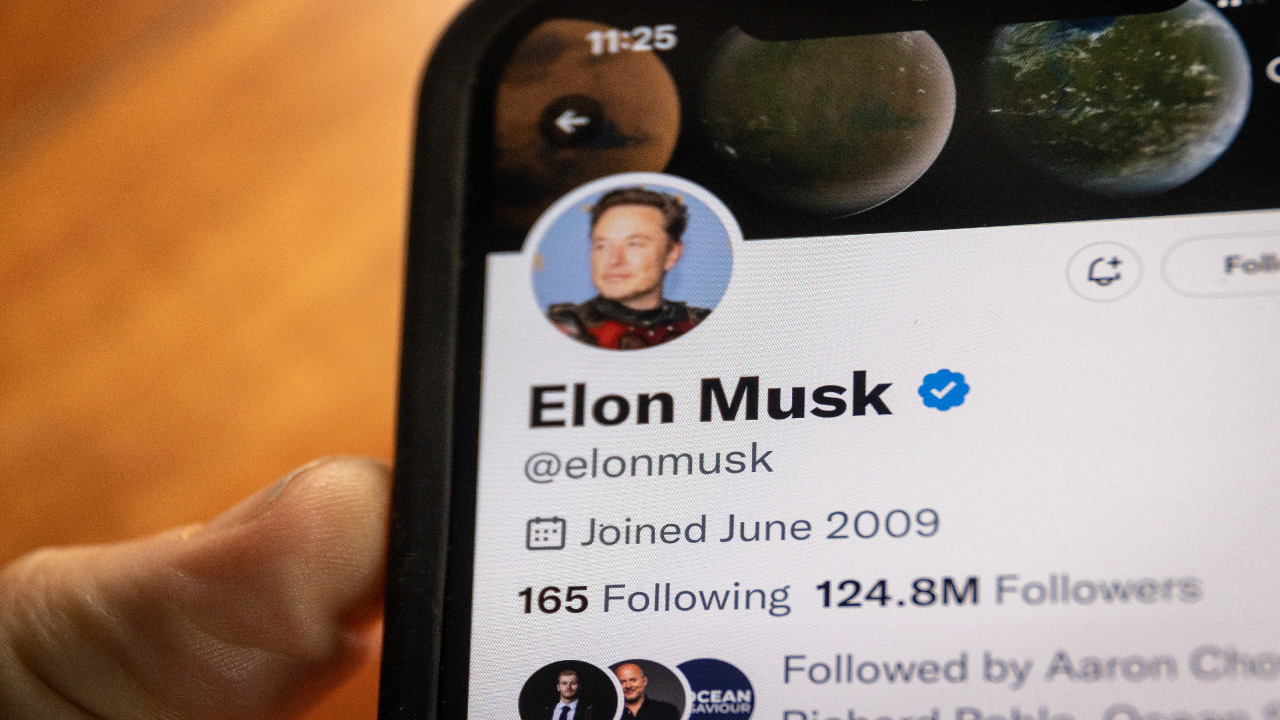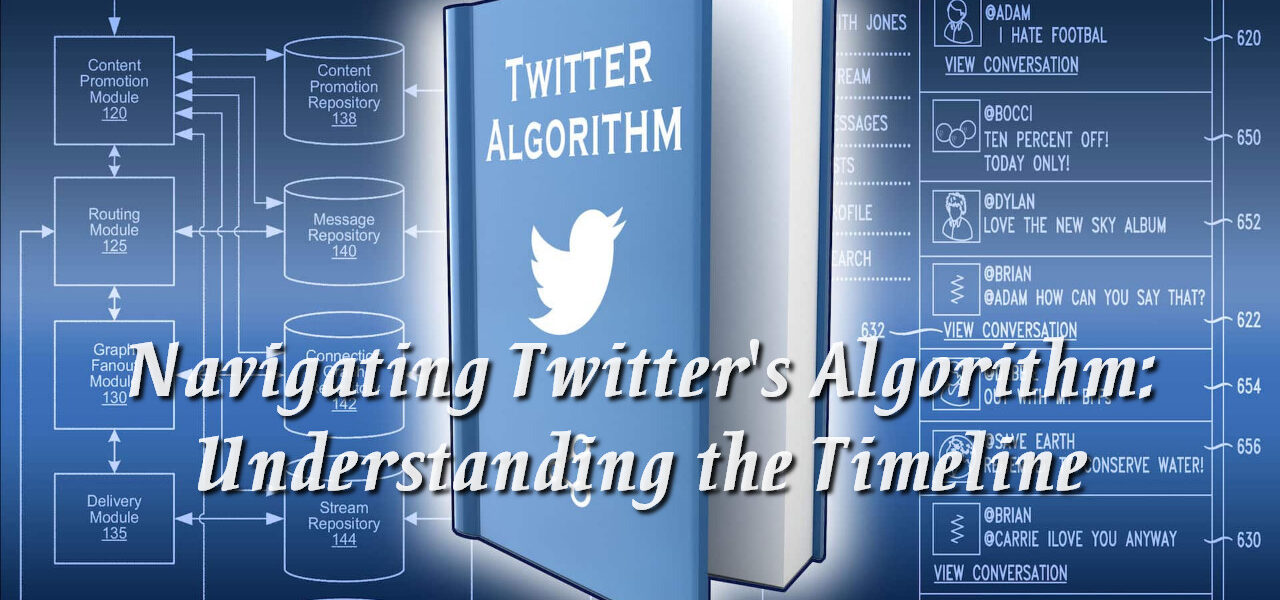Twitter is a popular social media platform that allows users to share and consume information in real time. Over the years, Twitter has evolved its timeline algorithm to optimize users’ experiences by presenting them with relevant content. Understanding how Twitter’s algorithm works is crucial for users to effectively navigate their timelines and engage with the content that matters to them. In this article, we will explore the key aspects of Twitter’s algorithm and provide insights into how users can make the most of their Twitter experience.
Chronological vs. Algorithmic Timeline

Twitter’s timeline has transitioned from a purely chronological display of tweets to an algorithmic approach that curates content based on user preferences. Initially, users saw tweets in reverse-chronological order, with the latest tweets appearing at the top. However, Twitter introduced an algorithmic timeline in 2016, which prioritizes tweets based on relevance rather than time. This change aimed to combat various issues, including spam, fake accounts, and the practice of buying Twitter followers. While some users preferred the chronological timeline, the algorithmic approach aims to improve engagement by showing users the tweets they are most likely to be interested in.
Engagement Signals
Twitter’s algorithm analyzes various engagement signals to determine the relevance and ranking of tweets in a user’s timeline. These signals include likes, retweets, replies, and media interactions. When a tweet receives significant engagement, it signals that it might be valuable or interesting to users, leading to its higher visibility in timelines. Conversely, tweets with little engagement may be pushed down in the algorithmic ranking.
Personalized Recommendations

Twitter’s algorithm takes into account a user’s interests and preferences to deliver personalized recommendations. It considers the accounts a user follows, the tweets they engage with, and the content they retweet. By analyzing these factors, Twitter can suggest similar accounts to follow and relevant tweets to display, thereby enhancing the user’s experience. Users can also influence their recommendations by engaging with content related to their interests and following accounts aligned with their preferences.
Recency and Real-Time Content
Although Twitter’s algorithm doesn’t strictly adhere to a chronological timeline, recency still plays a role. Recent tweets from accounts a user follows are given priority in the timeline to ensure users are updated on the latest information. Real-time content, such as trending topics and live events, may also appear prominently in the timeline to facilitate discussions and promote timely engagement.
Importance of Quality Content

While engagement signals and personalization are crucial factors in Twitter’s algorithm, the quality of content remains paramount. Twitter aims to showcase high-quality tweets that resonate with users, promote meaningful discussions, and provide valuable information. Users can improve the visibility of their tweets by crafting engaging and relevant content that adds value to the community. The algorithm rewards tweets that generate positive interactions and contribute positively to the platform.
Balancing Content Diversity
Twitter strives to maintain a diverse and inclusive platform, and its algorithm considers content diversity in timelines. It aims to present users with a mix of tweets from various accounts, ensuring a range of perspectives and topics. This approach helps users discover new content, engage with diverse communities, and foster a more inclusive Twitter experience.
User Control and Customization
While Twitter’s algorithm plays a significant role in determining the content users see, the platform also offers users control and customization options. Users can choose to view their timeline in chronological order by adjusting their settings. Additionally, Twitter provides options to mute or unfollow accounts, effectively shaping the content they encounter.
In conclusion, understanding how Twitter’s algorithm works can greatly enhance the user experience on the platform. By considering engagement signals, personalization, recency, and content quality, Twitter aims to present users with relevant and engaging tweets. However, users also have the power to influence their timelines through their actions and preferences. By actively engaging with content aligned with their interests, following relevant accounts, and customizing their settings, users can navigate Twitter’s algorithm and create a tailored experience that reflects their preferences and priorities.

